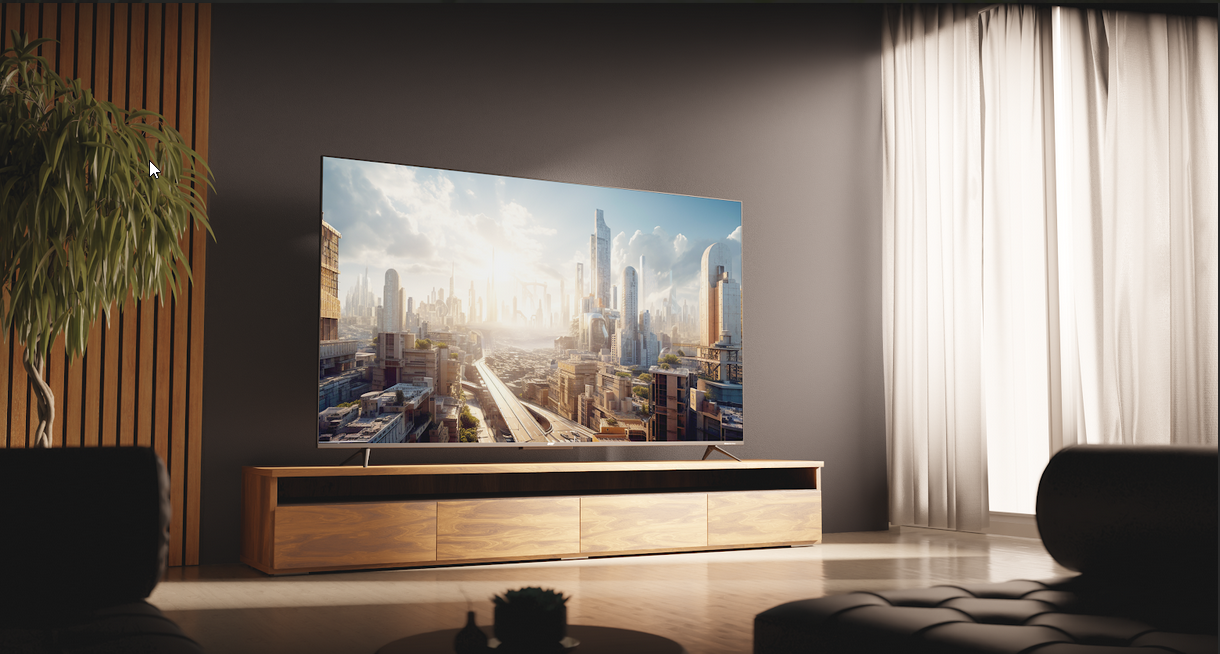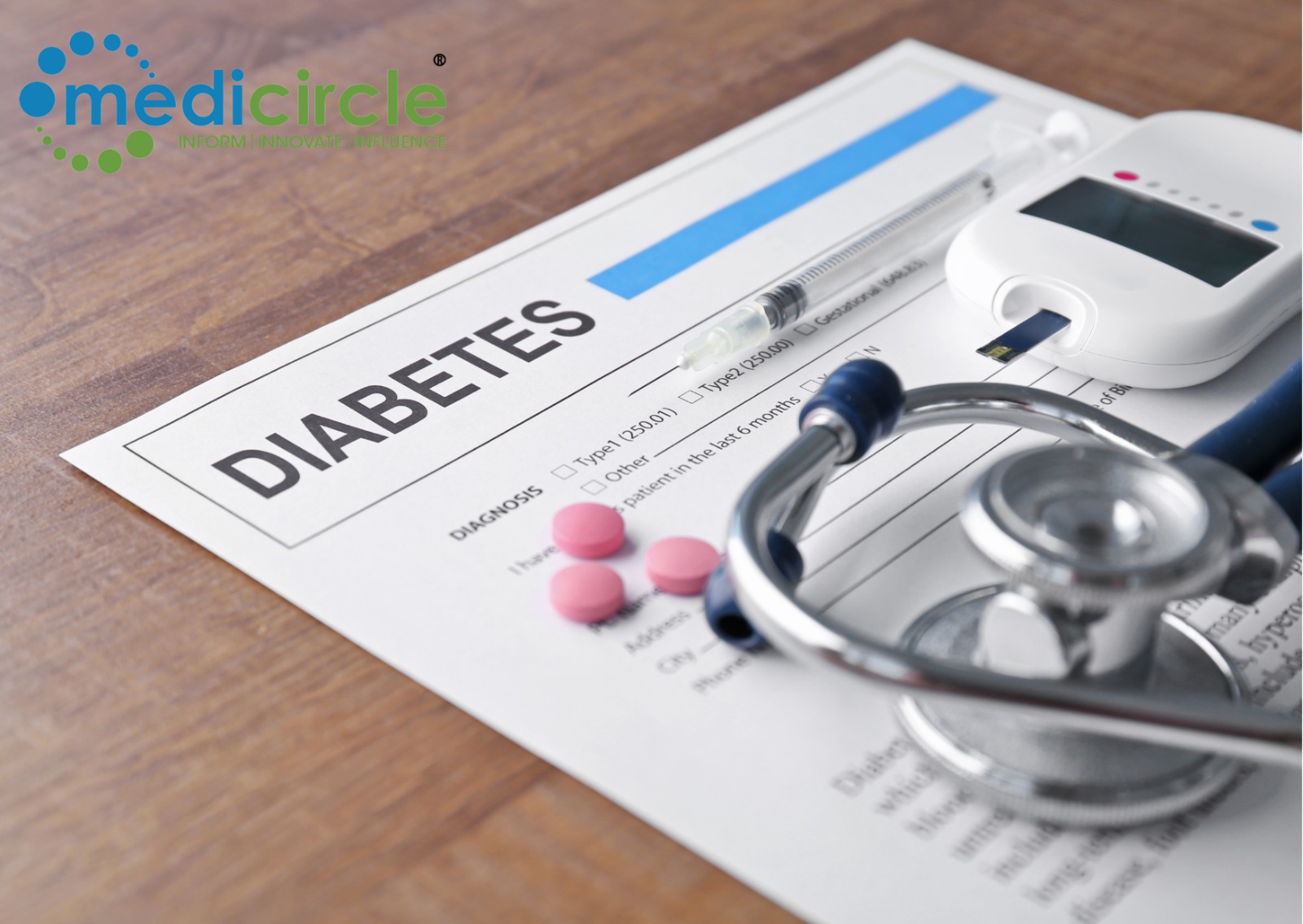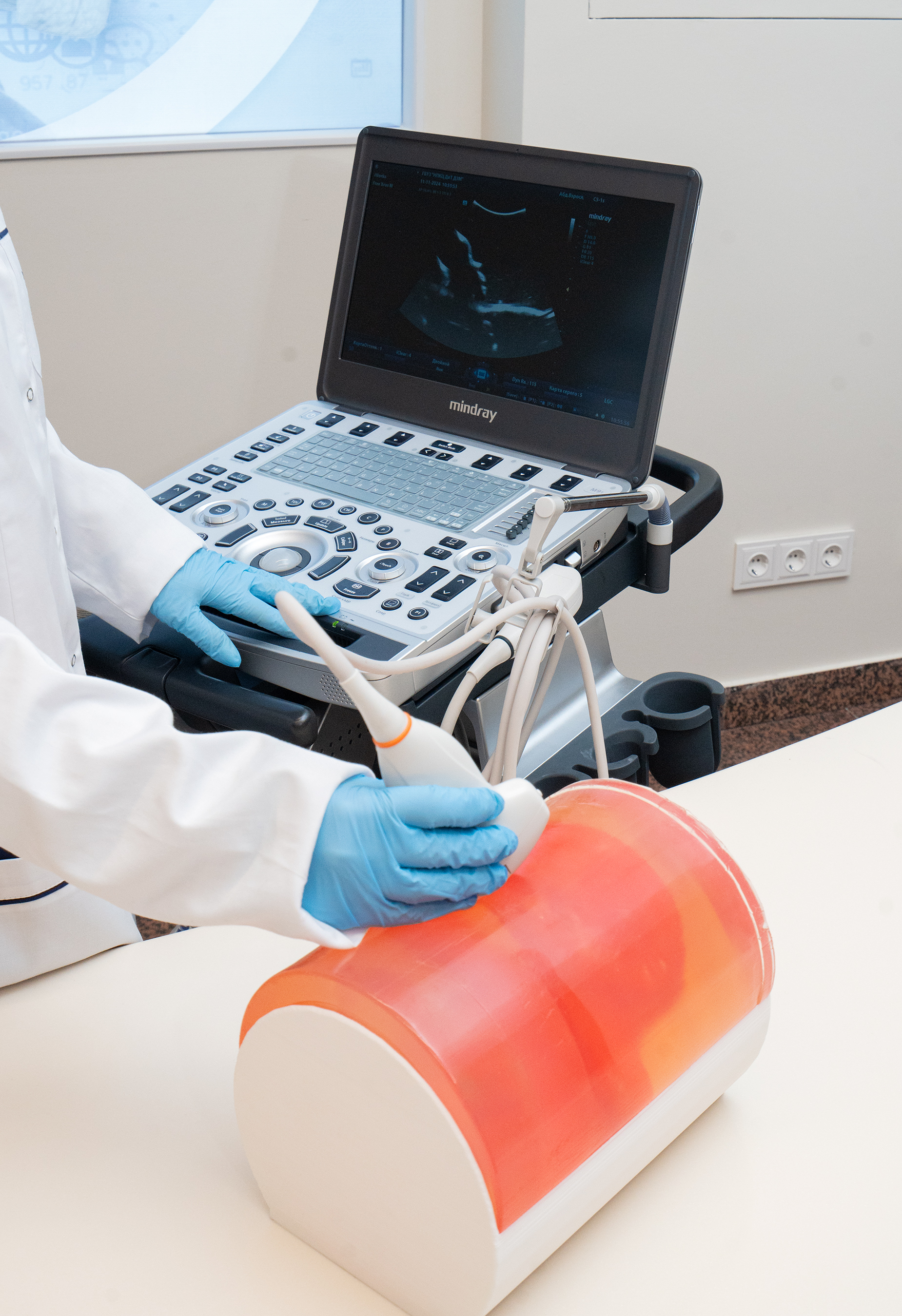For years, health campaigns have warned us about the dangers of sitting. The modern office environment, with its long hours at a desk, has often been demonized as the root cause of a range of health problems, from cardiovascular disease to early death. This belief led to the rise of standing desks and workplace wellness initiatives. But what if sitting isn’t as harmful as previously thought? Could your office chair be less of an enemy and more of a friend?
A recent study led by Jooa Norha, a doctoral researcher at the University of Turku in Finland, challenges conventional wisdom about sitting. While earlier studies linked prolonged sitting to an increased risk of heart disease and early mortality, Norha’s research paints a more nuanced picture. Let’s dive into what this new research reveals and how it could transform our understanding of workplace health.
Past studies, such as one from Simon Fraser University, reported that people sitting for six to eight hours a day faced a 12-13% higher risk of early death or heart disease. This risk jumped to 20% for those sitting more than eight hours. These alarming statistics spurred companies worldwide to invest in ergonomic solutions like standing desks, assuming that reducing sedentary behaviour would improve employee health. However, the latest findings suggest that this equation may not be so straightforward.
Norha’s study emphasizes the “physical activity paradox,” a concept that distinguishes between occupational physical activity and leisure-time physical activity. While voluntary exercise during leisure hours benefits the body, the same cannot be said for low-intensity, prolonged physical activity during work. The difference lies in intensity, duration, and rest periods, key factors that determine how physical activity affects cardiovascular health.
Norha and her team studied 156 aging workers in Finland, with an average age of 62. These participants represented a population often overlooked in workplace wellness studies, older adults who remain professionally active. Researchers monitored their physical activity and blood pressure over a 24-hour period to gain insights into how different types of movement influence heart health.
The study’s results were surprising: participants who spent more time sitting during work hours had lower diastolic blood pressure. Diastolic blood pressure measures the pressure in your arteries when the heart rests between beats. Lower levels indicate that the heart and blood vessels are under less strain, which is generally a good sign for cardiovascular health.
Norha’s research highlights the importance of 24-hour blood pressure monitoring. Unlike single-point measurements, this approach provides a more comprehensive view of how blood pressure fluctuates throughout the day and night. Persistent high blood pressure, or the failure of blood pressure to drop adequately at night, a phenomenon known as disrupted nocturnal dipping places significant strain on blood vessels and the heart. Over time, this can lead to stiffened arteries, a harder-working heart, and ultimately, cardiovascular disease.
In Norha’s study, individuals who engaged in prolonged standing or light physical activity during work hours showed less favourable blood pressure patterns. Their nocturnal dipping was disrupted, potentially increasing their long-term risk of heart disease. These findings challenge the assumption that simply standing or moving more at work is inherently healthier than sitting.
At the heart of this study lies the physical activity paradox. Leisure-time exercise, such as jogging or cycling, typically involves short bursts of high-intensity activity followed by rest. These patterns stimulate the heart, improve blood circulation, and support overall cardiovascular health.
In contrast, occupational physical activity often involves low-intensity tasks performed over long hours with little to no rest. While standing or performing light tasks might seem better than sitting, the constant low-level strain can fatigue the body without delivering the same health benefits as voluntary exercise. This explains why workers who stand or move lightly throughout the day might not see the cardiovascular benefits they expect.
Norha’s findings could reshape how we approach workplace wellness. Rather than demonizing sitting, a more balanced strategy might involve encouraging periodic movement and rest. Employers could consider the following:
1. Scheduled Movement Breaks: Instead of mandating standing desks, companies could promote short, high-intensity movement breaks throughout the day. These could include stretching, walking, or even quick bursts of stair climbing.
2. Flexible Workstations: Rather than replacing all chairs with standing desks, workplaces could offer a mix of options, allowing employees to alternate between sitting and standing based on comfort and productivity.
3. Monitoring Blood Pressure: Providing employees with resources to monitor their 24-hour blood pressure patterns could help identify those at risk and guide personalized interventions.
4. Educational Programs: Educating employees about the physical activity paradox could empower them to make informed decisions about their health, both at work and during leisure time.
Norha’s study also highlights how multifaceted cardiovascular health is. Blood pressure, heart function, and metabolic processes are influenced by a wide range of factors, from genetics to lifestyle choices. While it’s tempting to simplify health recommendations into “sitting is bad” or “standing is good,” the reality is far more complex.
For example, disrupted nocturnal dipping, a key finding in this study can be influenced by sleep quality, stress levels, and overall health, in addition to physical activity patterns. This means that addressing one factor, such as sitting, may not be enough to improve heart health. A holistic approach that considers diet, exercise, stress management, and sleep hygiene is essential.
The study opens the door for further research into the relationship between occupational habits and health. Key questions remain unanswered:
- How do individual factors, such as age, weight, and pre-existing conditions, influence the effects of sitting or standing during work hours?
- Can interventions like adjustable desks or workplace exercise programs mitigate the risks associated with prolonged sitting or standing?
- How does the type of work—physical labour versus desk jobs—affect cardiovascular health in the long term?
Addressing these questions could provide a clearer roadmap for employers and health professionals seeking to optimize workplace environments.
So, should you abandon your standing desk? Not necessarily. The key takeaway from Norha’s study is not to sit endlessly but to balance sitting with intentional, meaningful movement. For office workers, this could mean:
- Incorporating regular walks into your day.
- Using a chair that supports good posture and reduces strain on your back.
- Engaging in leisure-time exercise that complements your workday activity patterns.
Rather than fixating on how many hours you sit or stand, focus on the quality and variety of your movements throughout the day.
The narrative around sitting is shifting. While prolonged sitting has long been vilified as a health risk, new research suggests the story is more nuanced. Factors like blood pressure patterns, nocturnal dipping, and the physical activity paradox reveal that sitting, when balanced with intentional movement and rest, might not be the health villain it’s been made out to be.
As we navigate this evolving understanding of workplace health, one thing is clear: it’s not about choosing between sitting or standing. It’s about creating a lifestyle, both at work and at home that supports overall well-being. By adapting a balanced approach to activity and rest, we can work smarter, live healthier, and redefine what it means to thrive in the modern workplace.

 By adapting a balanced approach to activity and rest, we can work smarter, live healthier, and redefine what it means to thrive in the modern workplace.
By adapting a balanced approach to activity and rest, we can work smarter, live healthier, and redefine what it means to thrive in the modern workplace.

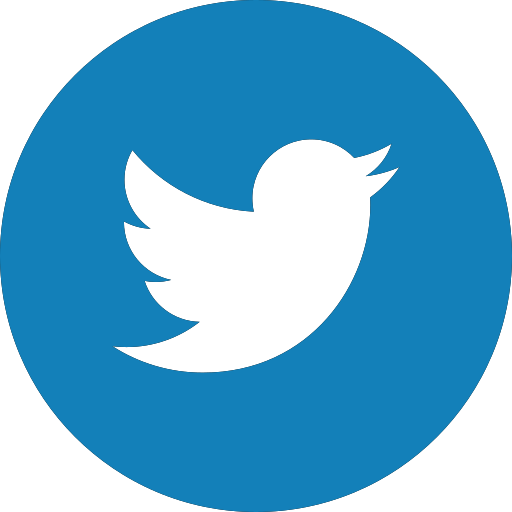
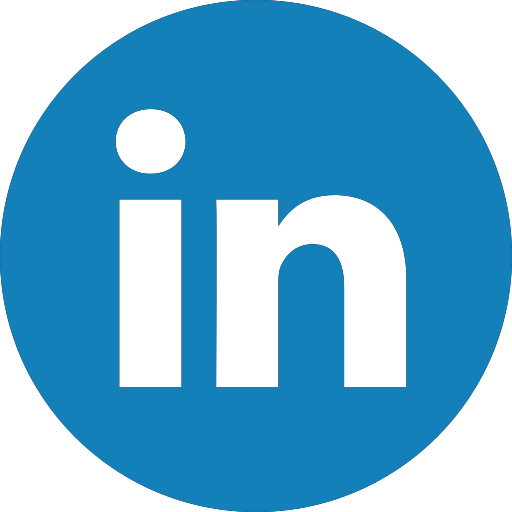







.jpeg)
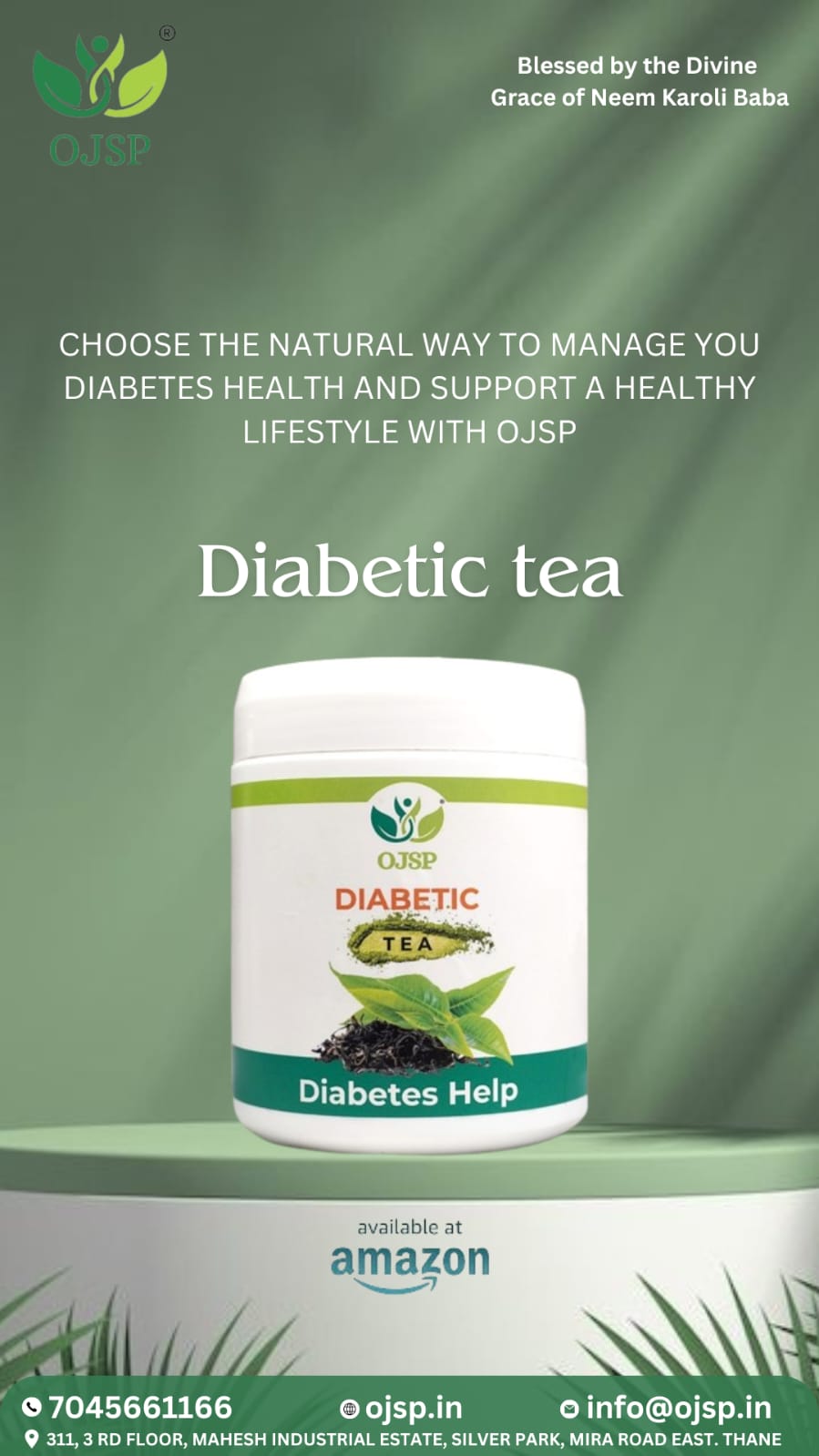
.jpg)




